Denver gets most of its electric power from burning coal.
If Denver used less coal, our air would be cleaner.
Car dealerships use a lot of electric power every night after closing. They brightly light their parking lots and the inside of their showrooms.
I suppose they want to attract the buying public to their shiny new and gently-used vehicles.
But how many times do you see people stopping to look at those cars at night after closing? Never.
The idea is that drivers passing by will remember, “Oh, I passed by that group of shiny Acuras last night. Today, I need to see what they look like in the daylight!”
Really?!
So here’s the idea: if a study was done on the difference between minimal viable lighting for showrooms and car lots at night, and their current ultra-bright usage, the dealerships could be charged WAY more for any use above the minimum viable amount. Let’s say it might cost a dealership $100,000 more a month to burn all those lights instead of the current cost of maybe $3,000 more.
Each dealership would be charged individually and have its own base vs. ultra-bright rate.
This would be more efficient than a tax. The expenses to get this system going would be a one-time occurrence. A team of contractors could do the study. The power companies would get software created to do the extra fee charging. Those costs would easily be paid for out of the first few month’s savings.
If car dealerships decreased their zillion-kilowatt light shows, we might be able to see the stars again.
Denver already does this for water since we live in a dry high-desert environment.
Sometimes we all need a little push to do the right thing.
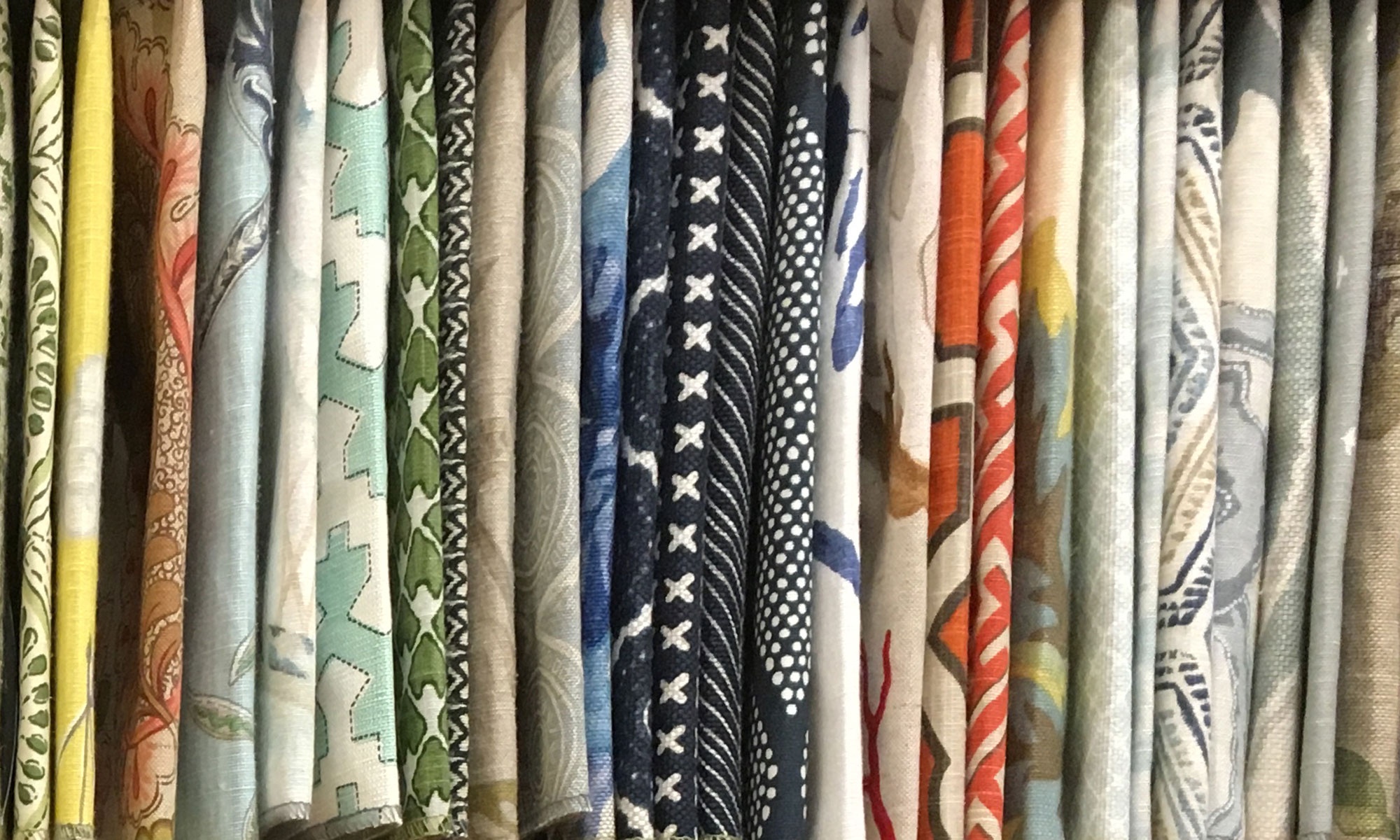
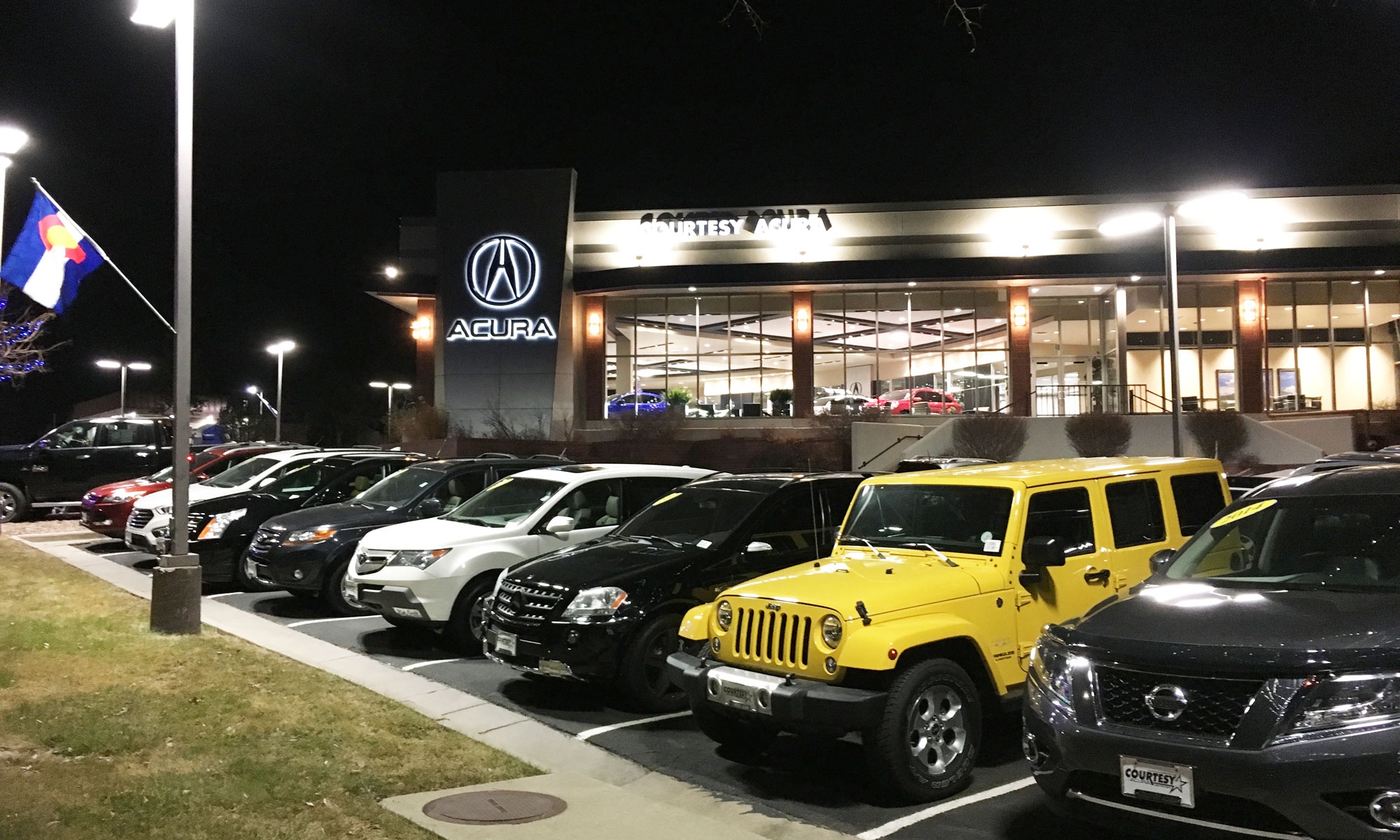
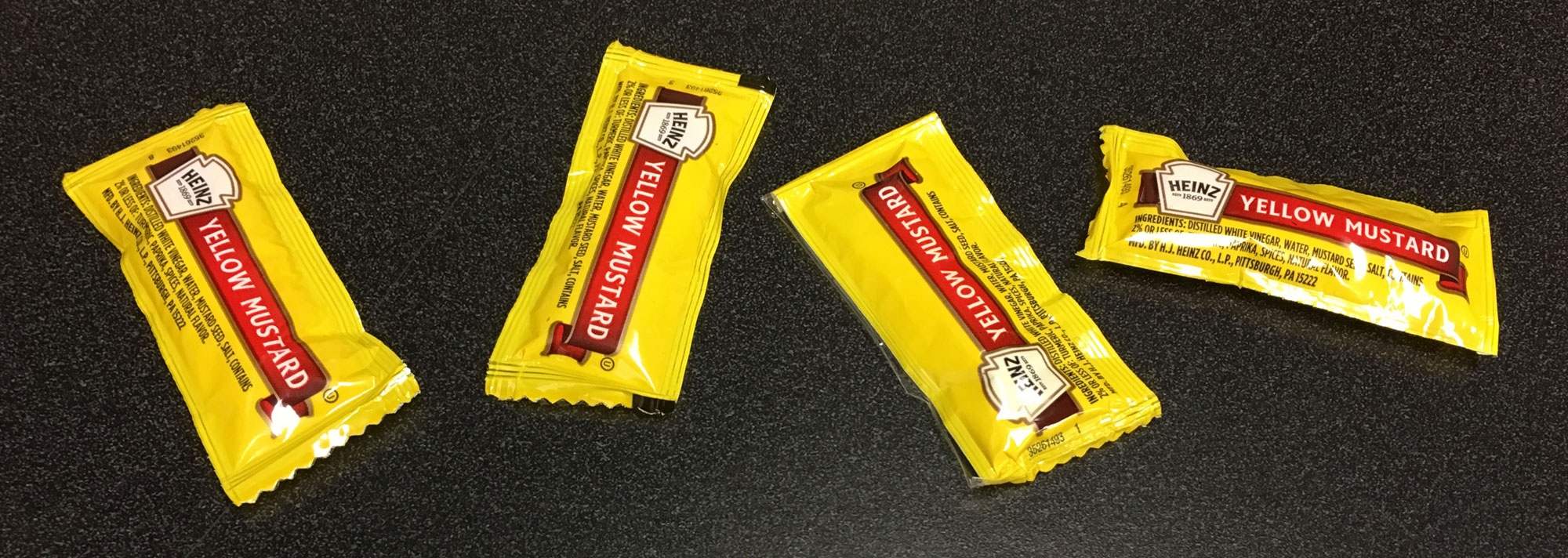
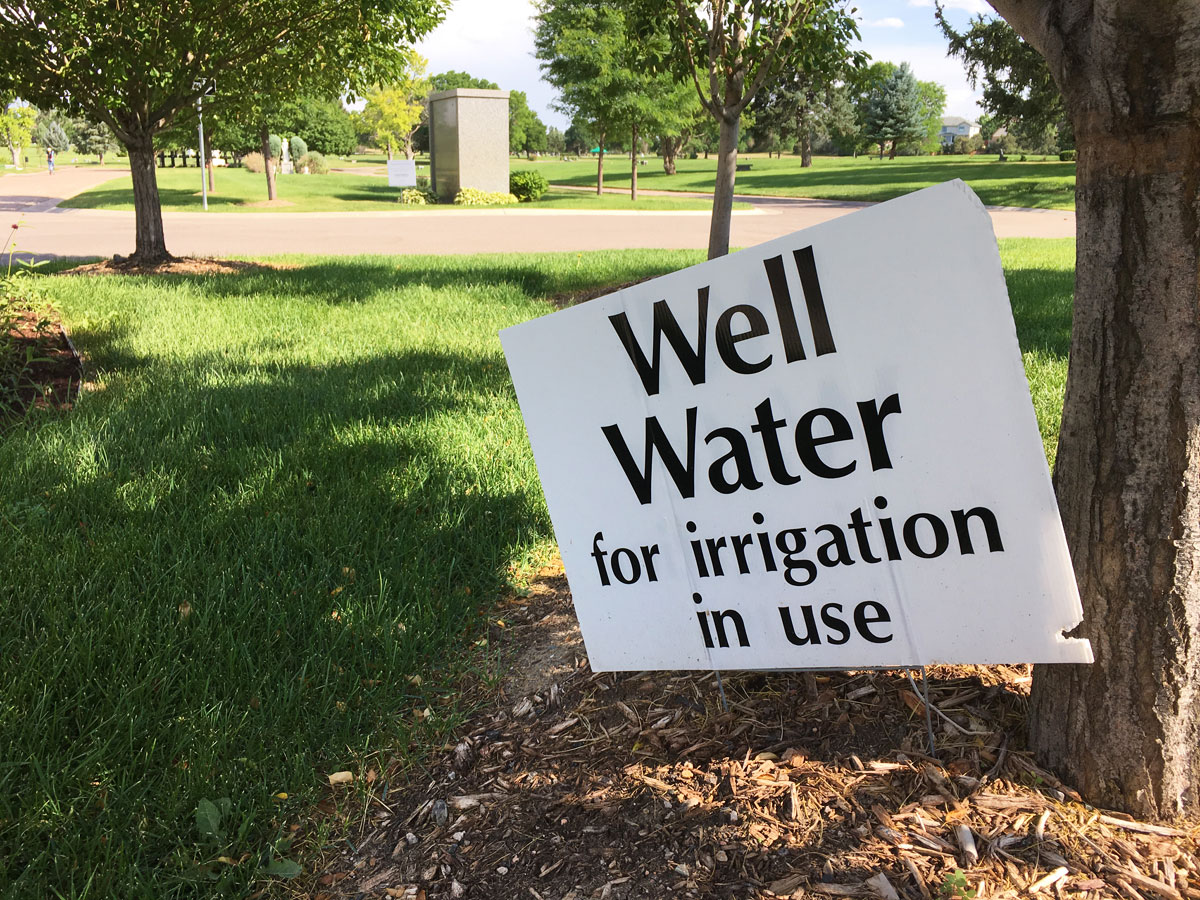
 But there is a downside – server farms. When people take six photos of something they only really need one of – and store them on the cloud – that’s six times more square footage of server farm needed. And six times more electricity needed to keep them there forever. And six times more hard drives that need to be bought by Amazon, Google or Apple.
But there is a downside – server farms. When people take six photos of something they only really need one of – and store them on the cloud – that’s six times more square footage of server farm needed. And six times more electricity needed to keep them there forever. And six times more hard drives that need to be bought by Amazon, Google or Apple. I had a shocking realization the other day. I took our 12-year old Honda minivan in for an emissions test. (It’s required by law.)
I had a shocking realization the other day. I took our 12-year old Honda minivan in for an emissions test. (It’s required by law.)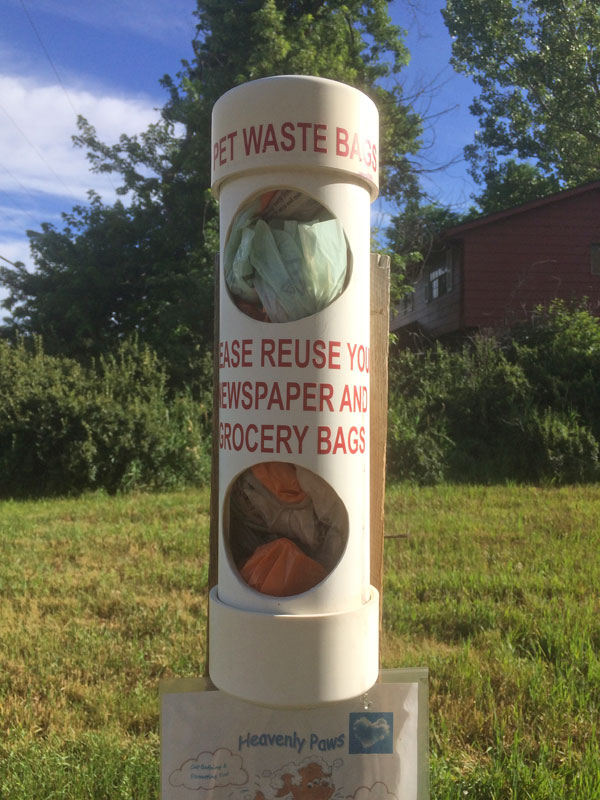
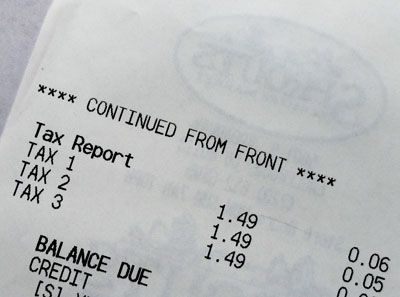
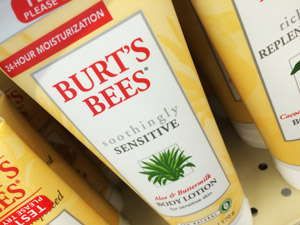 Burt’s Bees was sold to Clorox. Small distilleries may be selling you whiskey that was mostly made in a giant factory.
Burt’s Bees was sold to Clorox. Small distilleries may be selling you whiskey that was mostly made in a giant factory.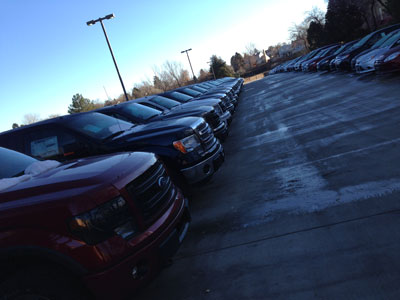 About once a week for about a year, I rode my bicycle past this completely full car lot. All these cars cannot even be seen by the public from the dealership’s already ample lot. This is an overflow lot on a side street.
About once a week for about a year, I rode my bicycle past this completely full car lot. All these cars cannot even be seen by the public from the dealership’s already ample lot. This is an overflow lot on a side street.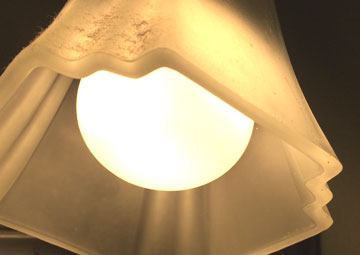 You should switch bulbs. If you are using incandescent light bulbs in your house, it’s worth your time and energy to switch them over to LED bulbs.
You should switch bulbs. If you are using incandescent light bulbs in your house, it’s worth your time and energy to switch them over to LED bulbs.